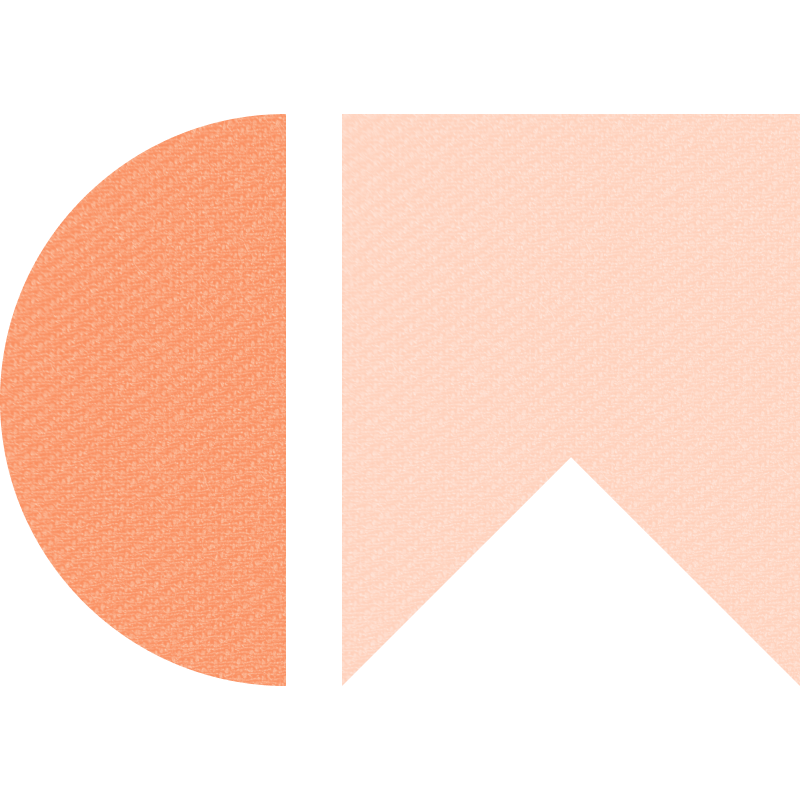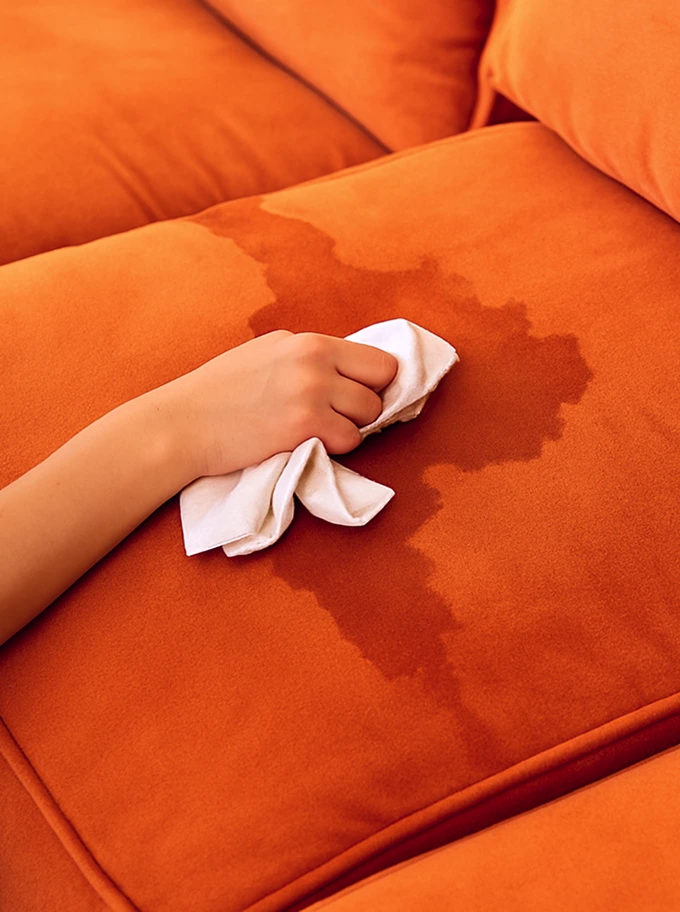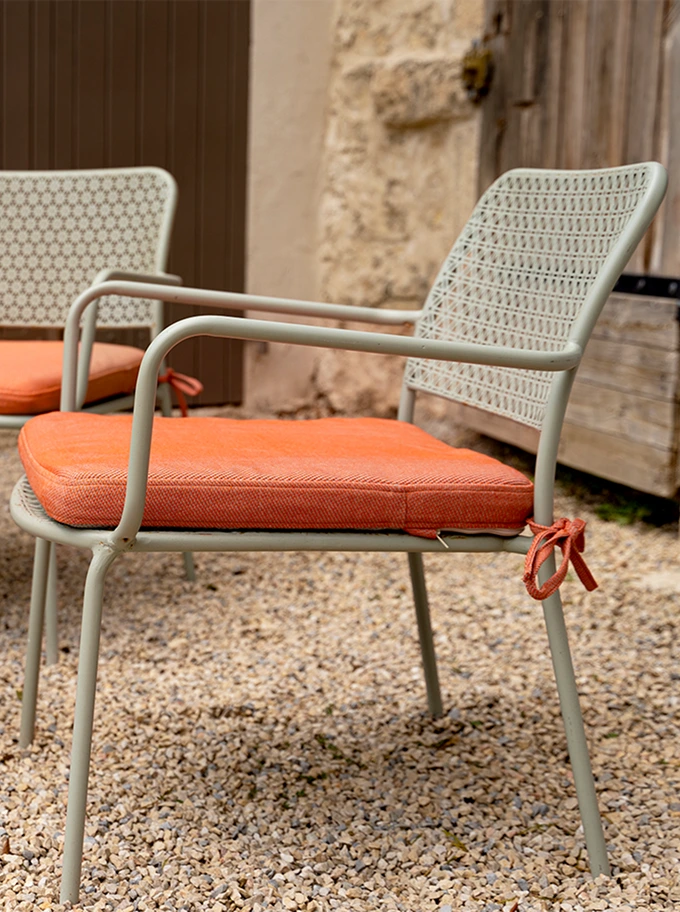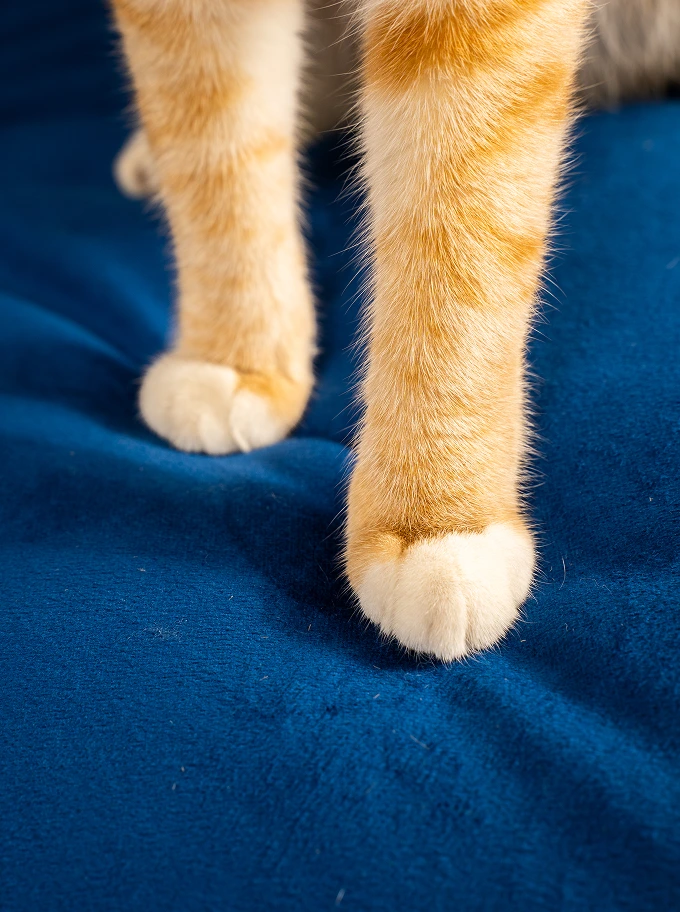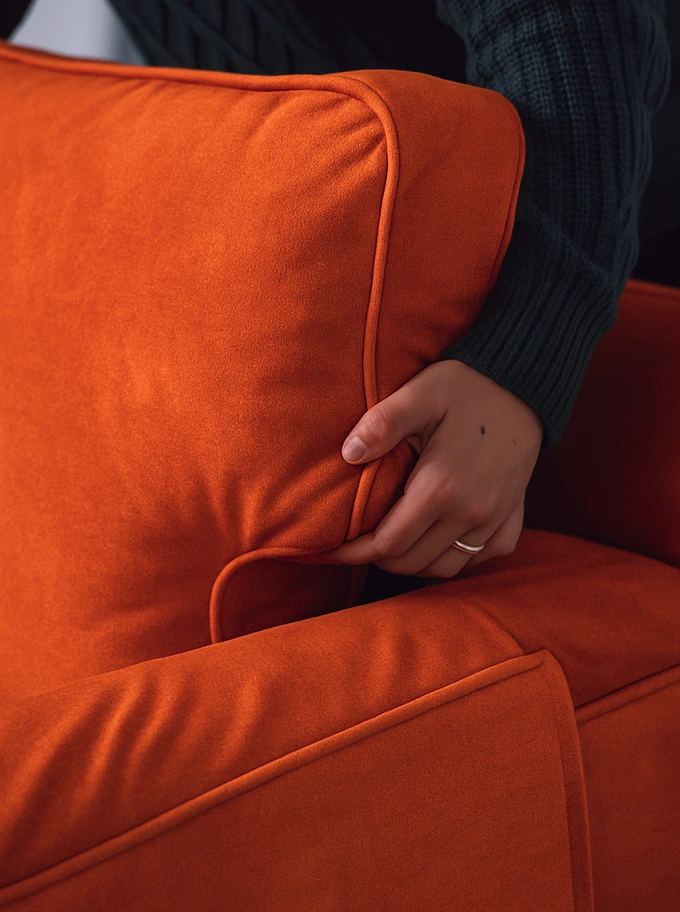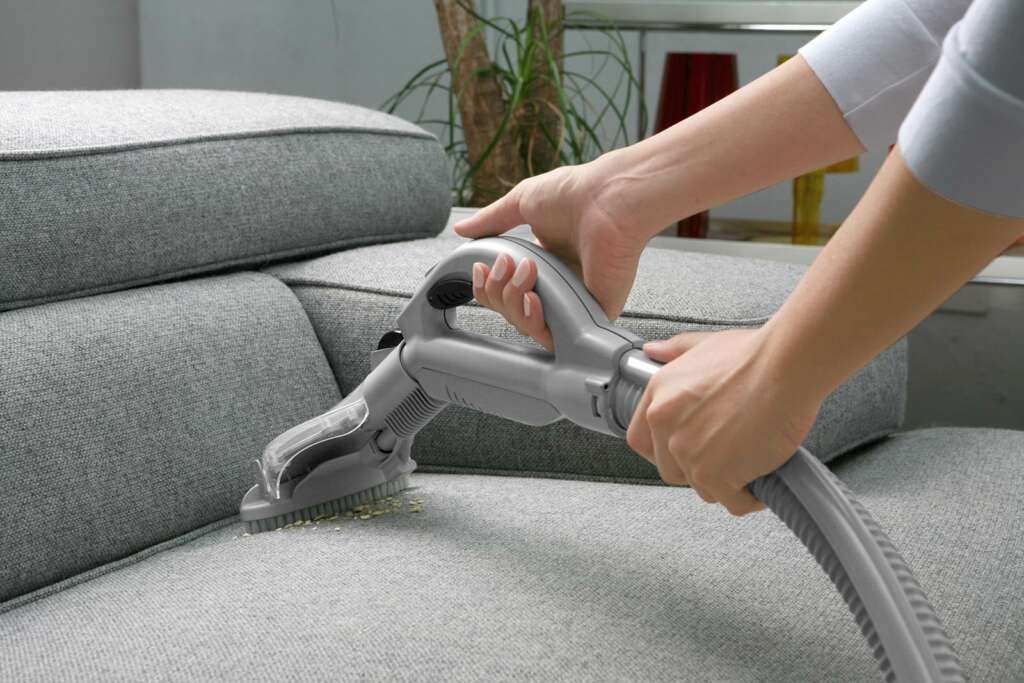
How exactly do you clean a couch filled with pet hair, kids mess, popcorn, red wine, juices, pee and whatever else all rubbed all over your couch?
While all may seem bleak and unsightly, your tired and worn sofa can easily be rejuvenated.
Tip #1: Get rid of the dry before going damp
NEVER drench a fabric couch in soapy water and while this may seem like common sense to most, there will definitely be some who get this order wrong.
Once dirt and pet hair get moist it will become a pain to remove from the couch. Not to mention it would take significantly longer having to wait for these issues to dry.
Tip #2: Vacuum
Removing the bulk of dust, dirt, food — all the dry particles will go a long way to making the rejuvenation process a lot easier.
Remember to remove all loose cushions and thoroughly vacuum, using the small upholstery brush attachment normally designed for small crevices. Make sure every nook and cranny is as clean as possible.
Once done, we can deep clean the couch itself.
Tip #3: Check upholstery cleaning instructions
Typically you’ll be able to find special instructions with the couch. This is based on the fabric used so you’ll need to clean accordingly.
Some fabrics are treated and thus cannot be cleaned with water or can only be cleaned using specialised solvent based cleaners, whilst others may simply state – only vacuum.
Like cleaning instructions for clothes, these should be followed so as not to void the warranty (if there still is) and more importantly – not ruin the couch.
Tip #4: Test on hidden areas
Maybe there are no instructions at all, or you just want to be very prudent about cleaning your couch.
To be absolutely sure, ALWAYS try a test patch on an inconspicuous area of your couch which no one would ever notice, especially if using homemade cleaners or steamers. If you notice any discolouration, you might have to go with a different formula or method altogether.
Tip #5: Be careful with water
Given we need water to clean a couch, you still have to make sure as per Tip #4 that water doesn’t stain your couch.
Ideally, working with less liquids lower the likelihood of creating unwanted, large blob patches. Some people would use baking soda and a vacuum to mitigate this, but once again – test on a hidden area first.
Tip #6: Use gentle cloths
Microfibre cloths are usually the best for cleaning your sofa with, just make sure they are colour fast. Some new cloths can bleed colours on to your couch, so you could soak it in water and soap overnight to see if any dye bleeds into the water. You’re good to go otherwise.
The other trick here is to always firmly dab and blot stains. NEVER scrub or rub as this may damage fabric fibres, as well as smudge/spread the grime all over the sofa instead.
Tip #7: The power of baking soda
Okay so first and foremost – stains are best treated as soon as they happen. The longer stains are left the harder it will be to remove them. If it happens after nonetheless, we’ll bring out the bigger guns.
Every home should have baking soda first of all and the first step would be to sprinkle this over the stains quite liberally. Spread evenly with your finger tips, but do not rub it in to the fabric.
Allow to draw for 20-30 mins. As per Tip #1, this dry tactic using baking soda should be applied to a couch before applying cleaning mixtures.
Vacuum couch completely to get rid of all the baking soda. The next step will blow your mind – some people would use vinegar or lemon juice (weak acids) which react with the baking soda. While I’m not a chemist, I know for a fact that it’s removed the curry stain from my carpet.
Just remember Tip #4.
Tip #8: Leather care
In all fairness, most stains at its infancy can be removed with just warm water. Baking soda and vinegar or lemon juice works too.
Leather (depending on whether it’s genuine or faux) has many store-bought solutions so it’s crucial you know what kind of leather sofa you have firstly. As per Tip #2, do remember to vacuum first before proceeding with damp solutions.
Synthetic leather is usually a lot easier since it would have a polyurethane coating, meaning a slightly damp cloth is all you need to wipe something off. Genuine leather on the other hand isn’t too far off – you can use equal parts soap and water with a microfibre cloth, but once again do make sure it’s only damp and not wet.
The most crucial part is making sure there’s no more soap on the leather couch, and the sofa gets dried as quickly as possible.
Tip #9: Drying
The more natural the better – use a desk or stand fan to dry affected areas. Never use a hair dryer or any form of electric heater. Many fabrics contain synthetic fibres so you don’t want to damage them with concentrated heat.
Natural ventilation, or air drying with the assistance of a fan is the best way to dry off your couch.
All in all, the bonus tip would be to never give up – some couches have seen serious abuse over time, so removing stains may take a few attempts. Whining over the wine stains will not help, neither will elbow grease. In these cases the persistent gentle approach yields best results.
Too much of a hassle to clean a couch that’s upholstered? Why not consider getting an easy-to-remove, easy-to-clean, made-to-measure slipcover?






